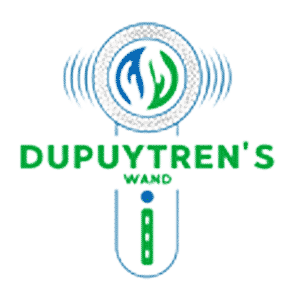Surgery for Dupuytren’s Contracture
Share
Many people consider surgery to be the only viable option for treatment for Dupuytren’s Contracture, but they often overlook the risks that accompany the surgical methods.
What is the Surgery Like?
There are two types of surgical methods equipped to deal with Dupuytren’s Contracture.
Two Surgical Procedures most commonly used:
Fasciotomy:
In this procedure, a cut is made into the palm, and the thickened cords of tissue causing the contracture are divided. The cord itself is not removed during the procedure. The procedure is done under local anesthesia, and the wound is left open to heal itself. Please see this video for more details of the surgery:
Subtotal Palmer Fasciectomy:
In this procedure, an incision is made in the palm to actually remove the thickened cords and tissue so that the finger can be straightened again. Sometimes the wound is left open to heal itself, and other times a skin graft is used to close it. This procedure requires a longer heating time. Please see this video for more details of the surgery:
Recovering from these Surgeries:
Some pain, swelling, and stiffness in the affected area are expected after the surgeries are completed. Sometimes stiffness results in losing flexion in the fingers.
Physical therapy is often required after the surgery as a gentle movement of the fingers decrease swelling and help ease the stiffness. A splint is to be worn after every surgery for proper heating.
Risks Involved:
Like any surgery, surgery for Dupuytren’s Contracture also comes with a lot of risks.
Some common risks are:
- Post-surgery pain and scarring in the affected area.
- Open wound heating may cause wound infection.
- Nerves or blood vessels may be injured.
- Loss of sensation in the area.
- Loss of finger or usage of a finger in rare cases.
A lot of people tend to avoid surgery due to the large number of complications accompanied by it.
End Result:
The surgery does not always provide a permanent cure as the contracture may return at any time. Recurrence is common, and additional surgery is required in some cases.
Many people consider surgery to be the only viable option for treatment for Dupuytren’s Contracture, but they often overlook the risks that accompany the surgical methods.
